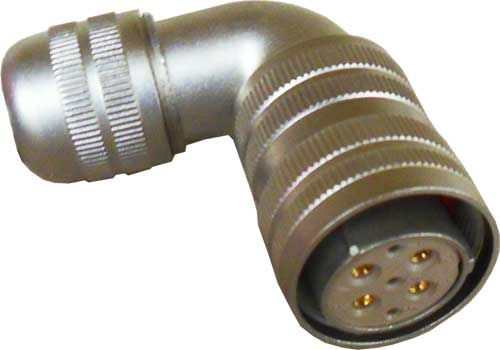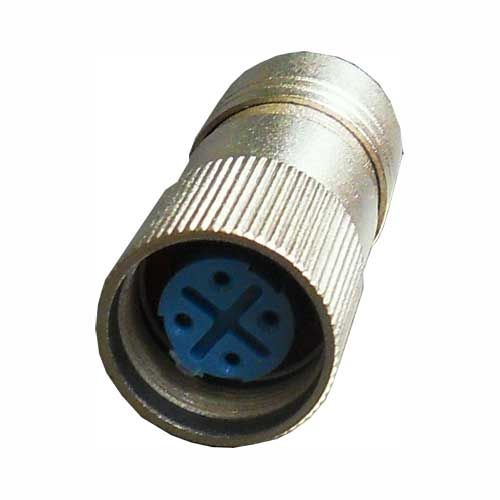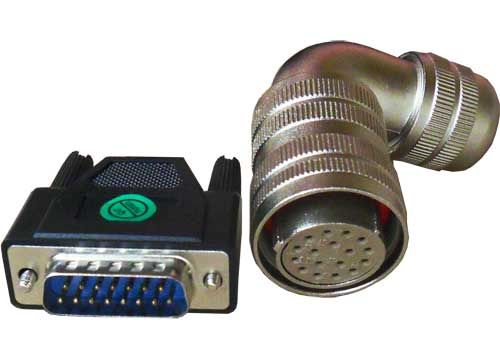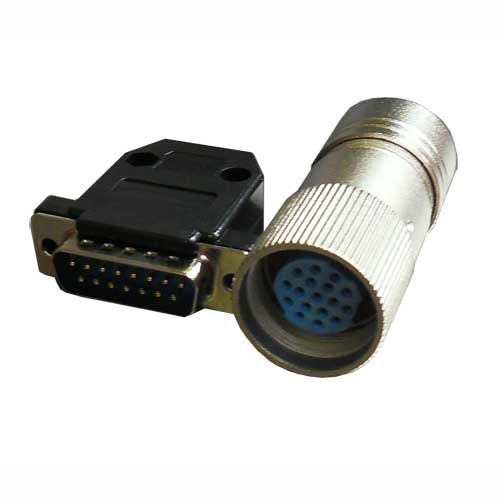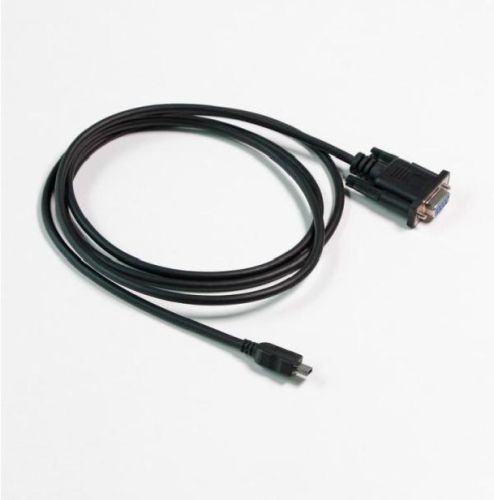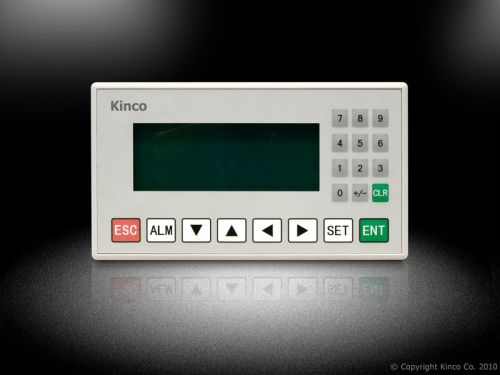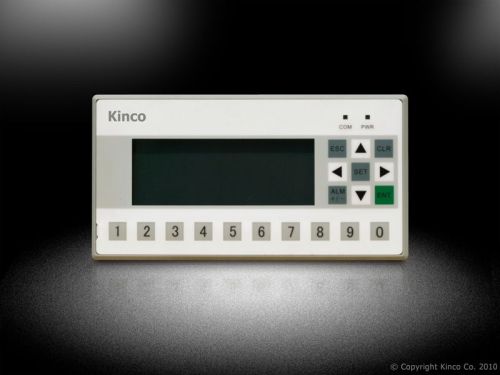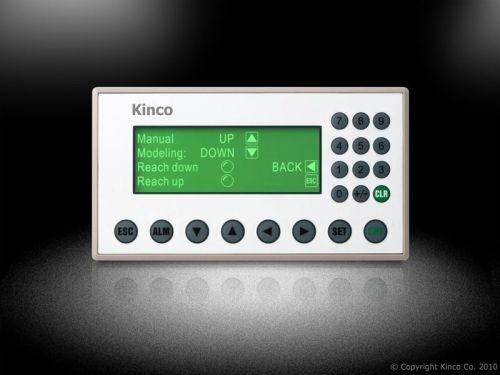Search results for: 'total cost of ownership actuation comparisons'
- PDC-USBM-1-5 (Communications cable for the FD5 range of servo drives£7.38 £6.1510 in stock. (If not in stock expect 4-6 weeks)More Information on Shipping
- REDUCER FOR DOORS Pair of Hinges for 084.101.064 - (084.500.019)£137.11 £114.260 in stock. - If not in stock expect about 14-28 daysMore Information on Shipping
- MD204L Low Cost HMI£165.60 £138.000 in stock. (If not in stock expect 4-6 weeks)More Information on Shipping
- MD214L Low Cost HMI£165.60 £138.000 in stock. (If not in stock expect 4-6 weeks)More Information on Shipping
- MD224L Low Cost HMI£87.23 £72.690 in stock. (If not in stock expect 4-6 weeks)More Information on Shipping
